
views
Trying Baby Shampoo
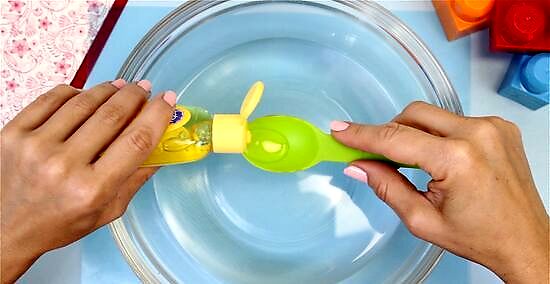
Stir a quarter teaspoon of baby shampoo into a bowl or cup filled with cool water. Pick a cup or bowl that's big enough to hold all of your doll's hair, and mix the shampoo into the water until it has dissolved completely. The temperature of the water should be colder if your doll has curly hair. Hot or warm water can cause curls to loosen. Do not substitute regular shampoo for baby shampoo. Baby shampoo is mild enough to be safe for use on doll hair. If you do not have baby shampoo, try to buy some. You also may be able to get away with using a mild form of shampoo, like shampoo for sensitive skin or shampoo for hair that's been dyed recently.
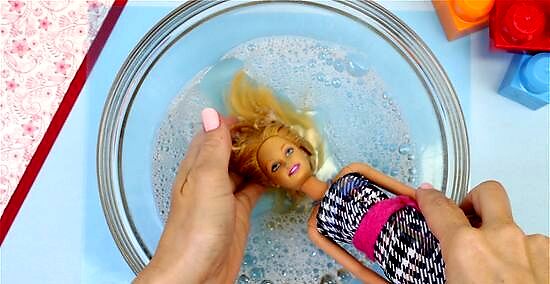
Shampoo the doll's hair. Once the bath is prepared, place the doll's hair in the water. Swirl the hair around until it's wet. Then, work in the shampoo using your fingers. Keep massaging the doll's hair until you work up a small lather.
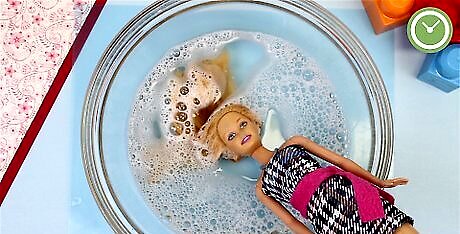
Leave the doll's hair in the bowl for 10 minutes. Once the doll's hair is shampooed, set the doll aside for about 10 minutes. This gives the shampoo a chance to soften the hair. This will help remove any tangles and leave the hair soft and shiny. Set the doll aside in a safe place where it's unlikely to be disturbed.
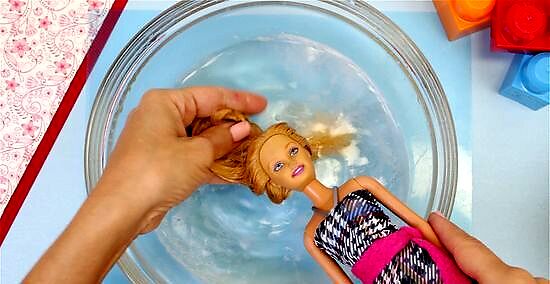
Rinse the hair three times. After 10 minutes have passed, rinse the doll's hair. Empty the shampoo bowl, rinse it out, and then fill it with clean water. Rinse the doll's hair in the bowl until the water becomes soapy from the shampoo. Rinse the bowl again and repeat this process two more times. Make sure you get all the shampoo out. If the water still becomes soapy on the third rinse, run the doll's hair under tap water until all the shampoo is removed. Leaving shampoo in the doll's hair longterm could cause damage.
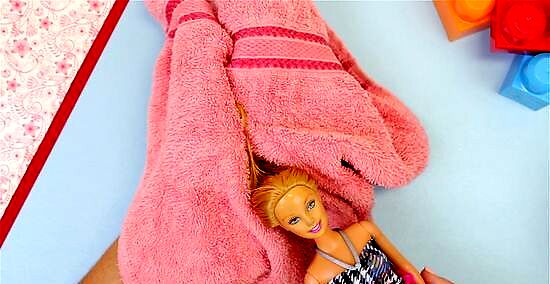
Dry the hair a little. Once the hair is rinsed, you need to dry it out slightly. You should not brush hair when it's wet. You want to wait until it's damp to brush. To dry, you can hang the doll upside down and let the hair air dry a little. You can also pat the hair somewhat dry with a towel. Once again, do not use a hairdryer as this can damage your doll's hair.
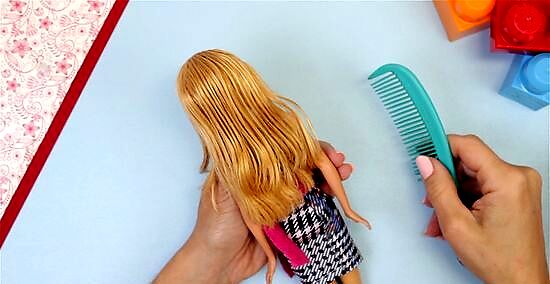
Brush out the hair. Once the hair is damp, start the brushing process. For a smaller doll, use a fine-toothed comb. For a larger doll, go for a wide-toothed wig brush or any wide-toothed brush. Brush slowly to avoid breaking or damaging the hair. On dolls with long hair, work out big tangles with your fingers.
Using Fabric Softener
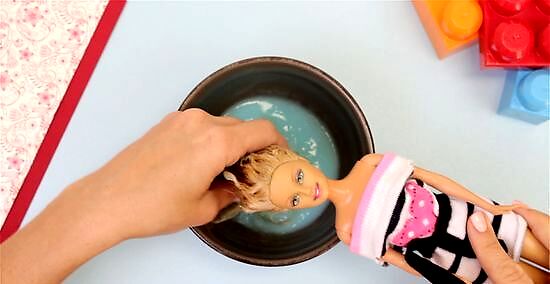
Soak the hair in fabric softener. Choose a high-quality brand of fabric softener for the best effect. Pour some fabric softener in a bowl or cup. How much you need depends on the amount of hair on the doll. You should have enough fabric softener to completely soak the doll's hair. To avoid wasting fabric softener, start off by adding a small amount. Add more fabric softener as you go along, adding enough to soak the doll's hair. Place the doll's hair in the bowl. Work the fabric softener into the hair using your fingers. Keep going until the hair is completely coated. Set the doll aside. Keep the doll in a safe place, where it will not be disturbed. Leave the fabric softener in for at least an hour. If the doll's hair is in particularly rough shape, consider leaving the softener in overnight.
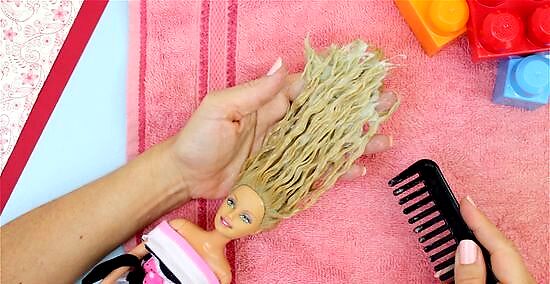
Comb out the hair with the fabric softener still in the hair. After soaking the doll's hair for your chosen time period, comb the hair out with the fabric softener still in place. The softener should act as a conditioning agent, smoothing out the doll's hair and loosening tangles. You should use a wide-toothed wig brush, as these brushes tend to work out tangles best. If you do not have a wig brush, any wide-toothed brush should work. Go slowly to avoid breaking the doll's hair as you comb. However, with a smaller doll like a Barbie doll, a fine-toothed comb may work better. If you're working on a doll with very long hair, consider working out bigger tangles or knots with your fingers before brushing.
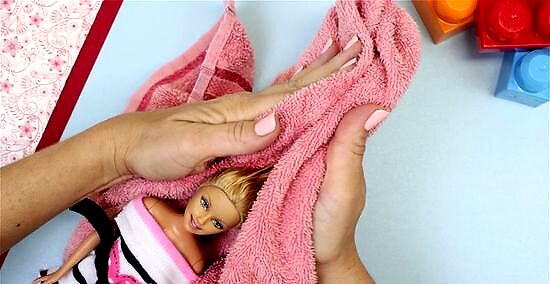
Rinse out the hair. Once the hair is brushed, rinse out the softener. You can simply rinse the doll's hair out under cool tap water in your sink. Make sure to get all the fabric softener out. If any softener is left in longterm, it could damage the hair. Periodically squeeze the hair to see if you notice any softener oozing out. Keep rinsing until no fabric softener is present. You can pat the doll's hair slightly dry with a clean towel. You can also let the hair air dry in the sun. Do not blow dry doll's hair. Doll hair is delicate and will not respond well to being dried with a hair dryer.
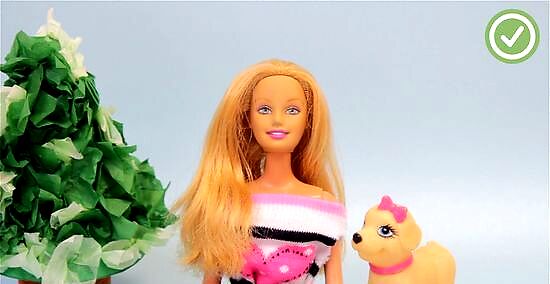
Brush with a fine-toothed comb. Once the hair is somewhat dry, brush it out again. Use a fine-tooth comb this time, as this will straighten the doll's hair and work out small tangles. Brushing the hair one last time can also aid with the drying process.
Avoiding Pitfalls
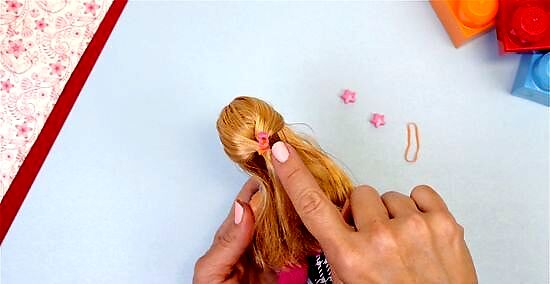
Remove all items from the doll. Before washing a doll's hair, make sure to remove any items from the hair. Dolls may have bows, bandanas, barrettes, or other accessories embedded in their hair. If a doll has been in storage for a long time, it may have items tangled deep in its hair. Spend some time fishing through a doll's hair to check for accessories before washing the hair.
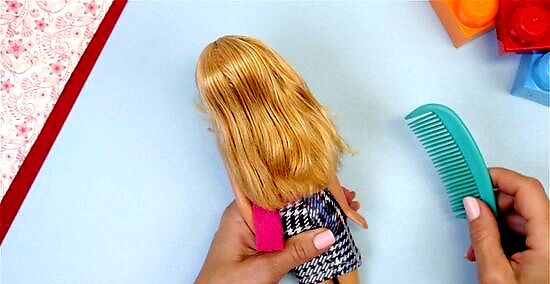
Brush your doll's hair regularly. If you want to prevent hair from becoming tangled or damaged, brush out your doll's hair regularly. After you or your child plays with the doll, comb out the hair before putting it away for the day. Comb a doll's hair as you would your own. Start at the bottom of the lock and work your way up to get out tangles.
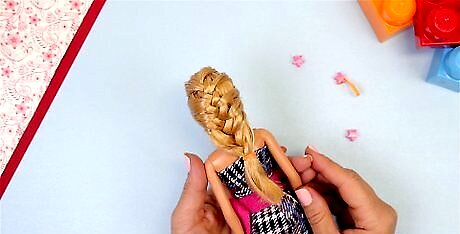
Avoid over-styling your doll's hair. Styling a doll's hair can be fun. However, messing a doll's hair too much can lead to tangles and damage. Stick to simple styles, like braids and ponytails, rather than trying to emulate fancy hairdos you've seen on TV or in the movies. This will keep your doll's hair smooth and soft. If doll hair is left in braids for longer than a few days it will start to dry out. Be careful and undo your doll’s braids when you finish playing with her.
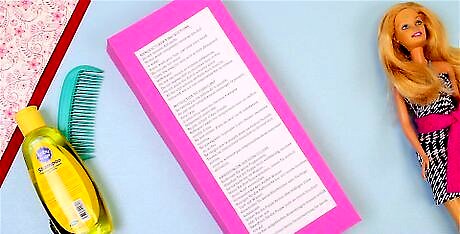
Read manufacturer's instructions first, when possible. Before attempting to wash a doll's hair, read the manufacturer's instructions if you still have them. Some types of dolls come with special instructions for washing and hair care. American Girl dolls, for example, have hair that you should not wash on your own. The corporation provides a number you can call to ask for advice in the event your doll's hair is damaged.
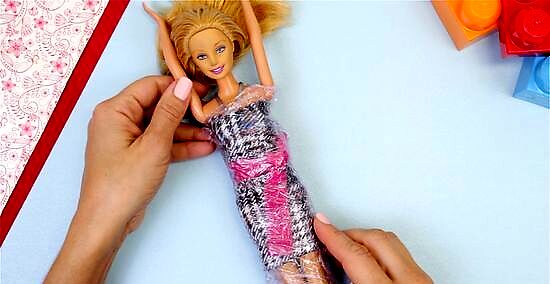
Be careful when washing dolls with mechanical parts. If a doll has mechanical parts, be careful before washing the doll's hair. Water can cause damage to a doll of this type. You may want to consider removing the hair or head, if possible, before washing. You can also wrap the doll's body in plastic wrap to protect it from water damage during the washing process.











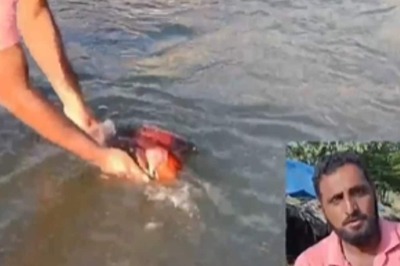






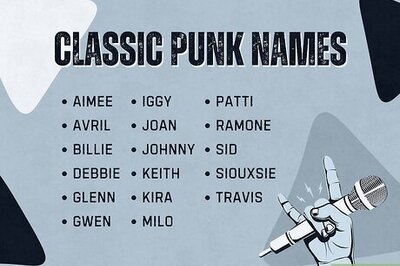
Comments
0 comment